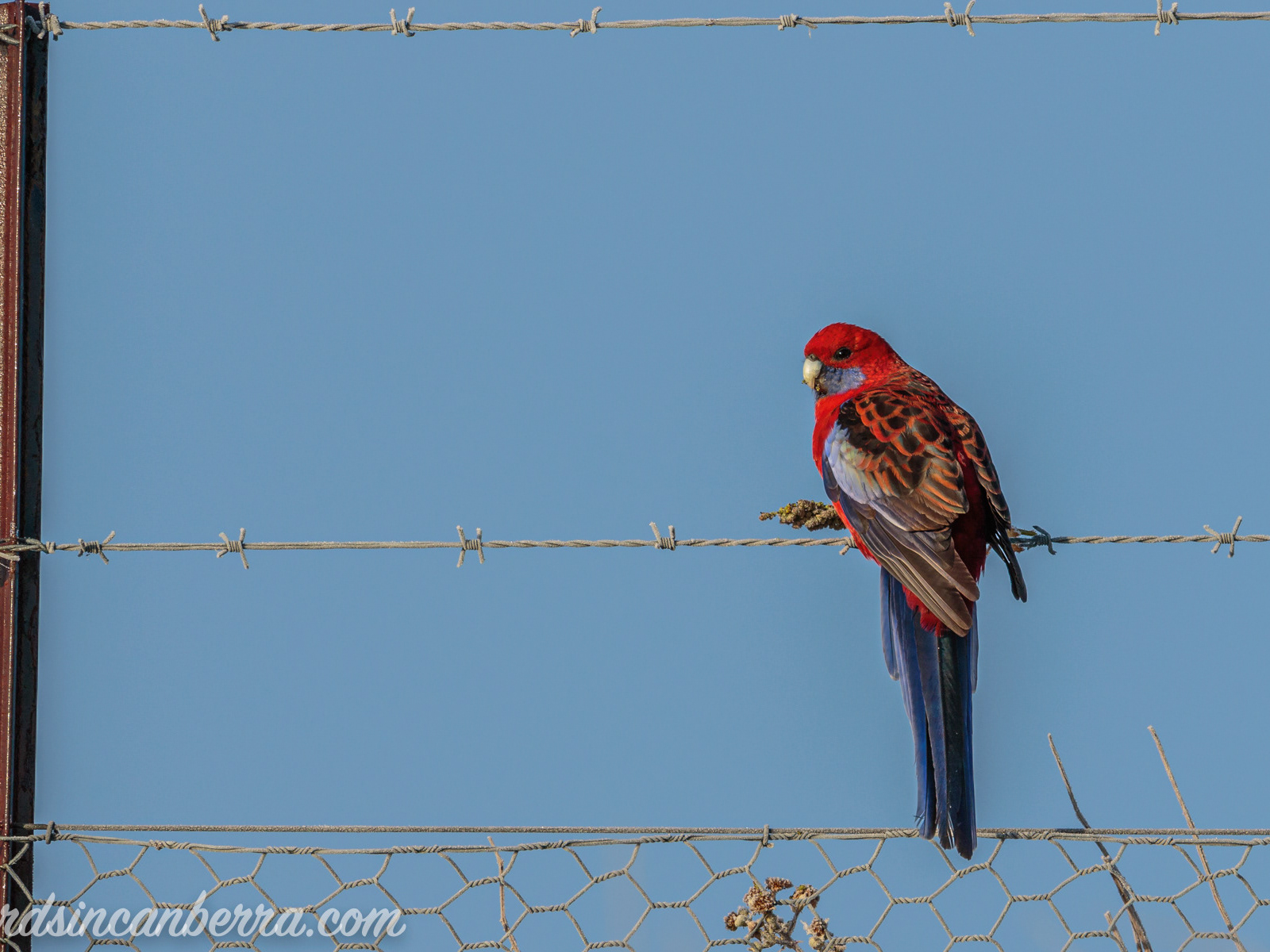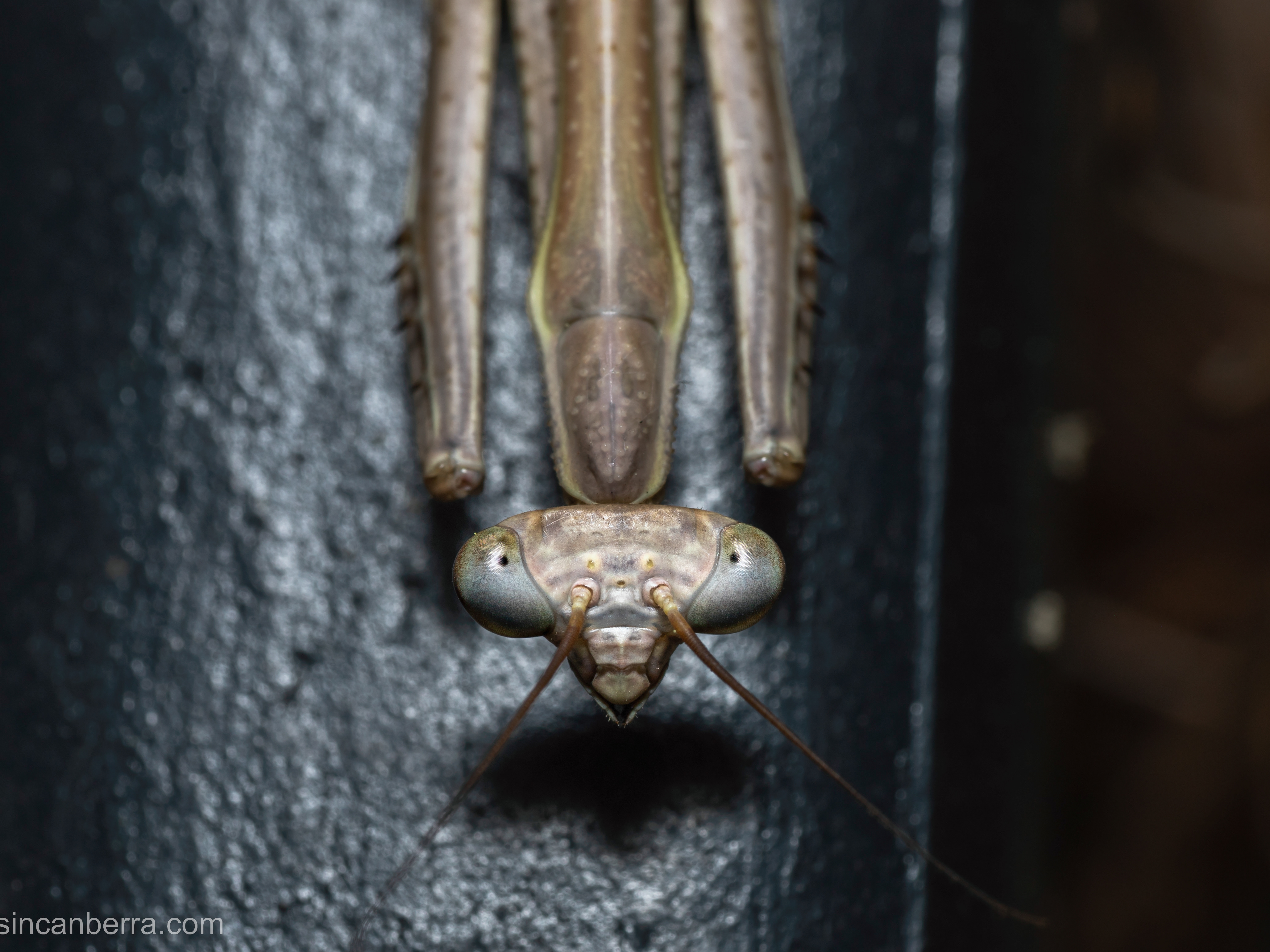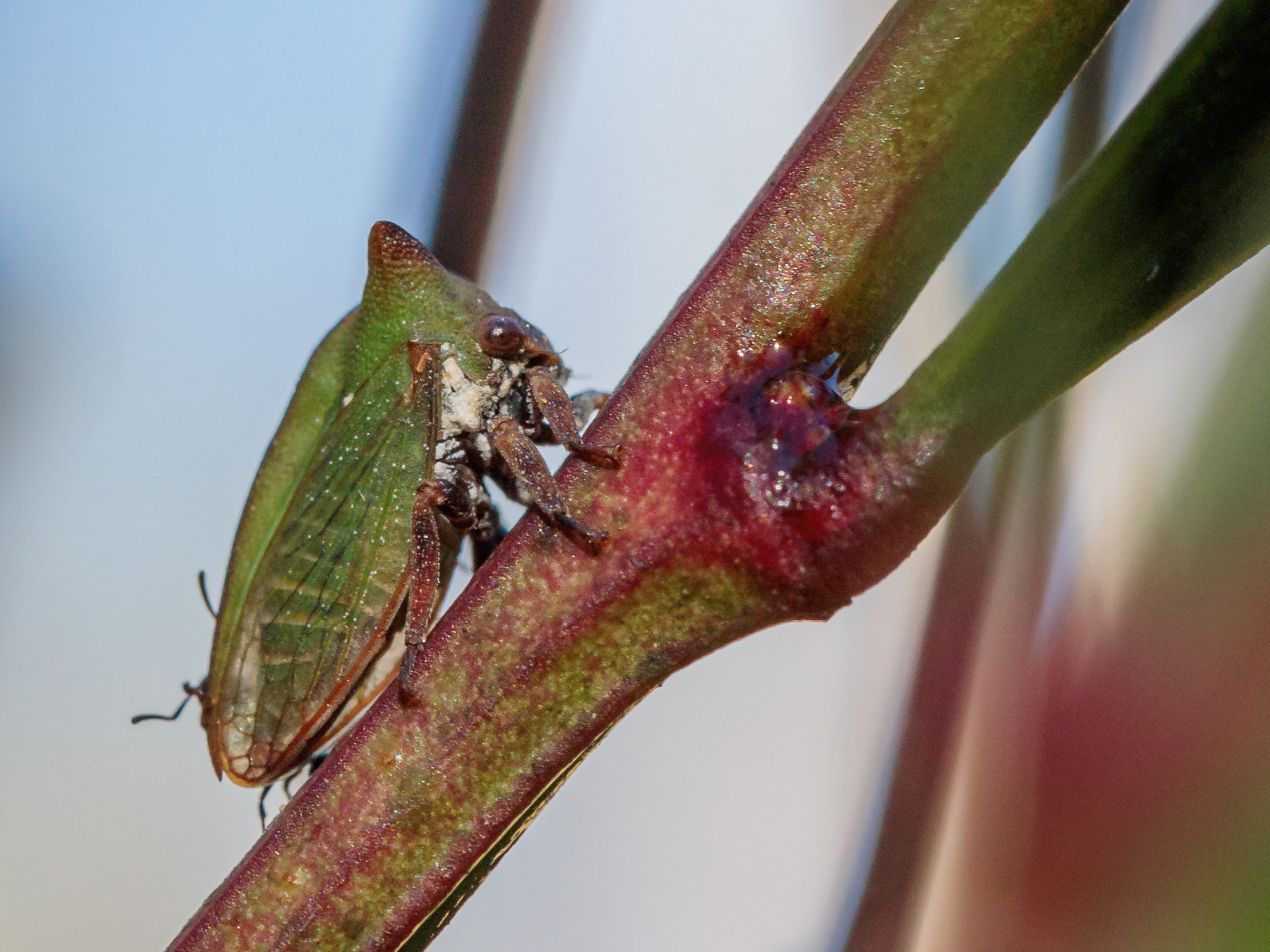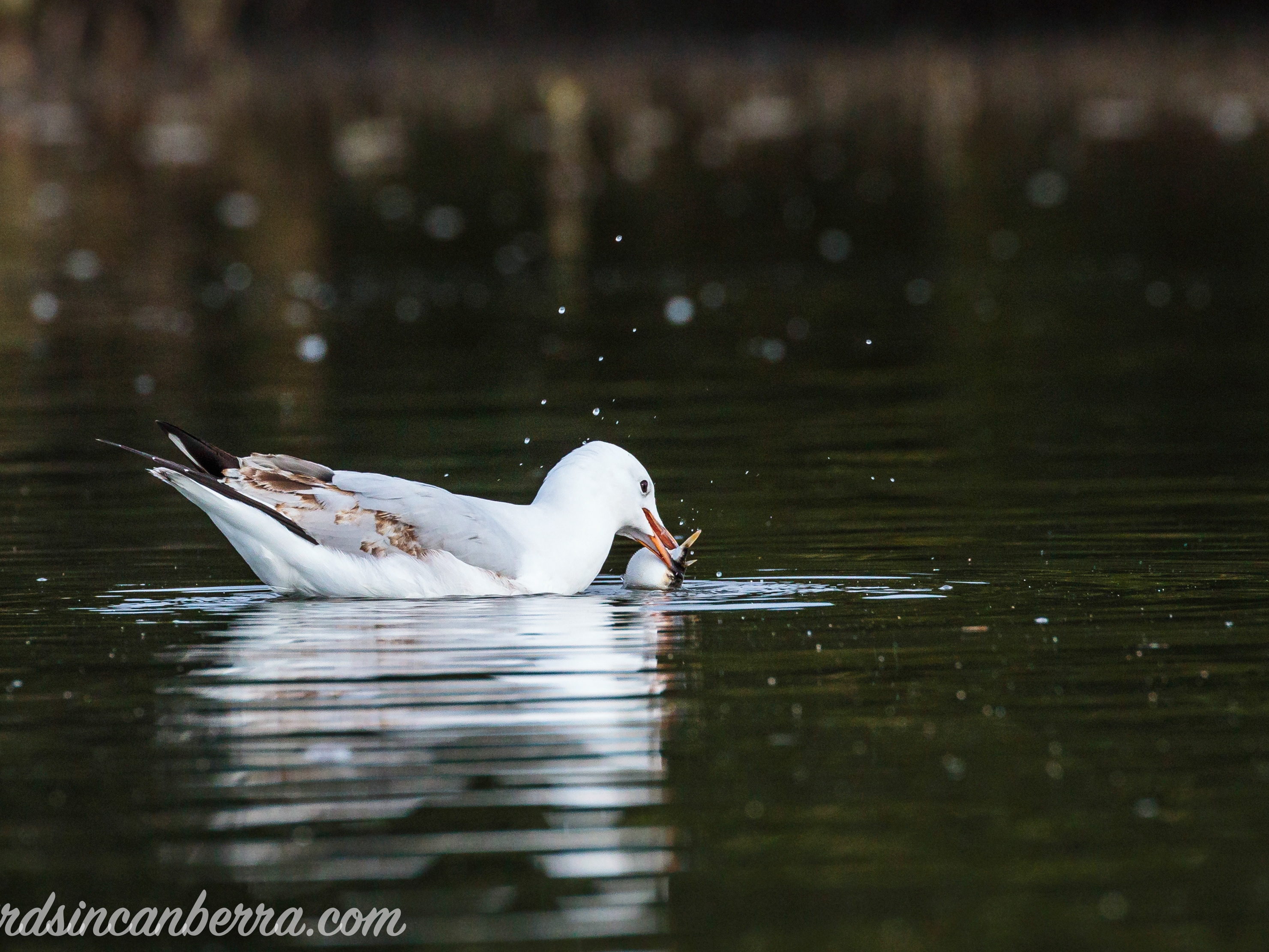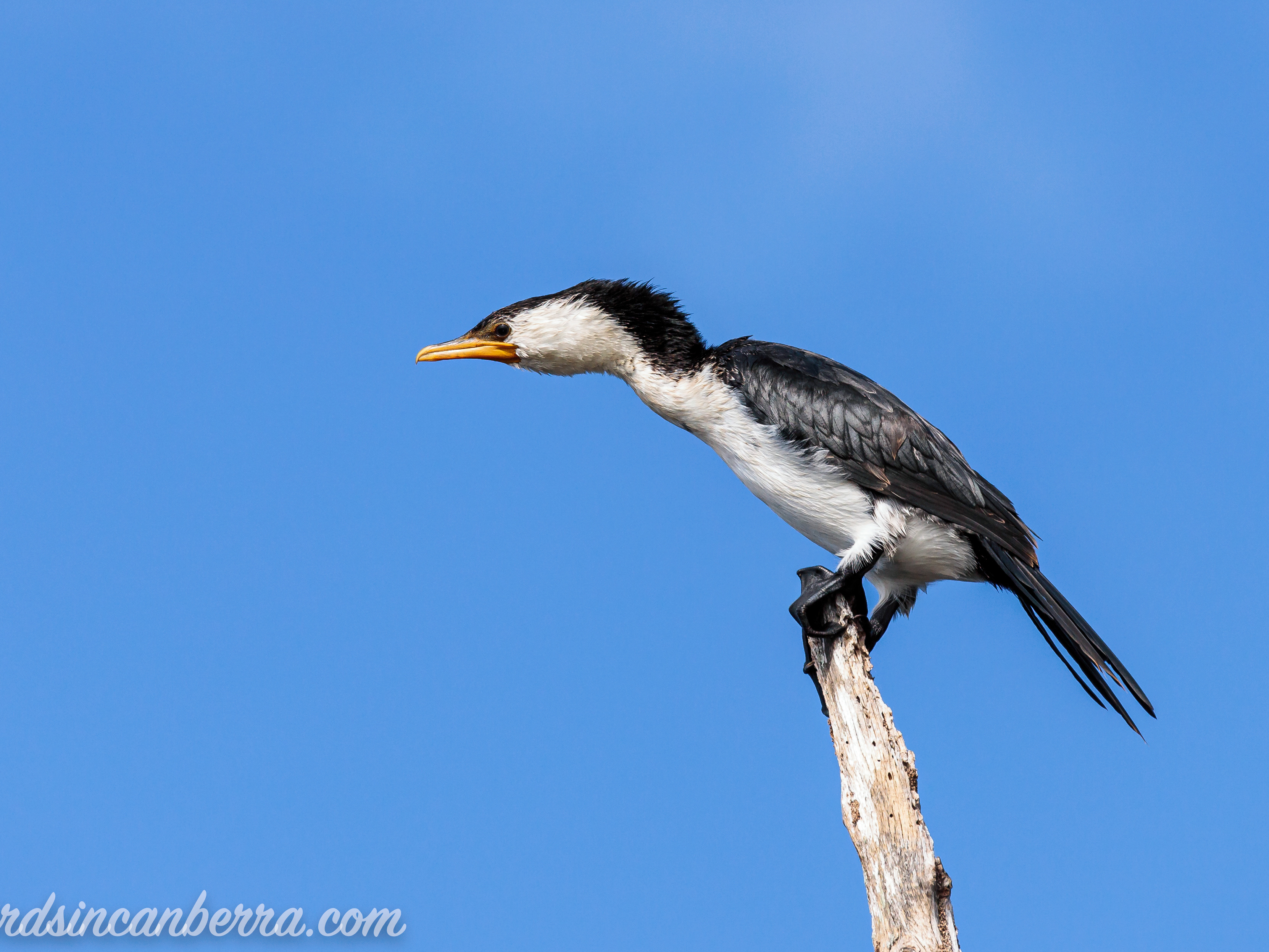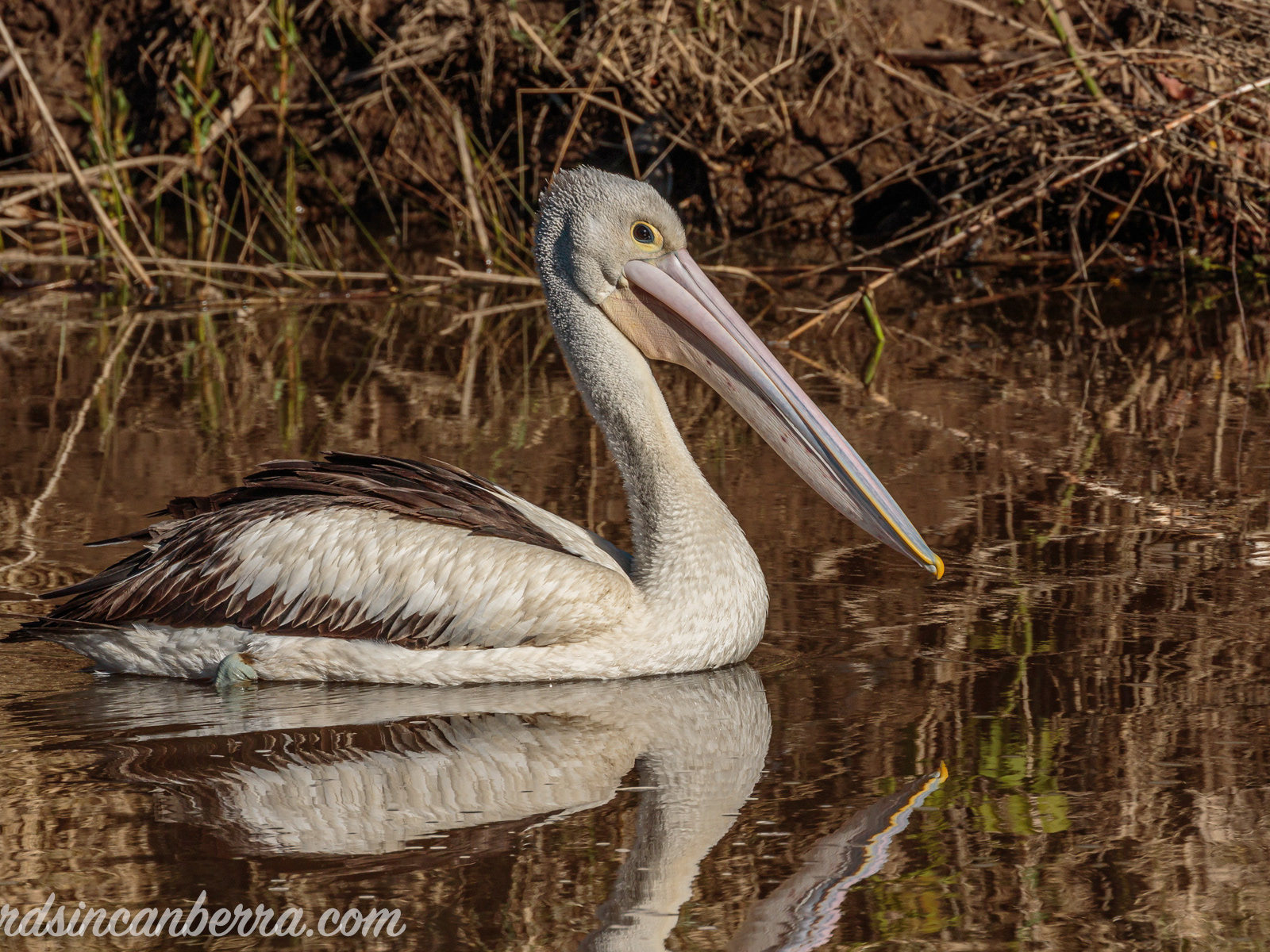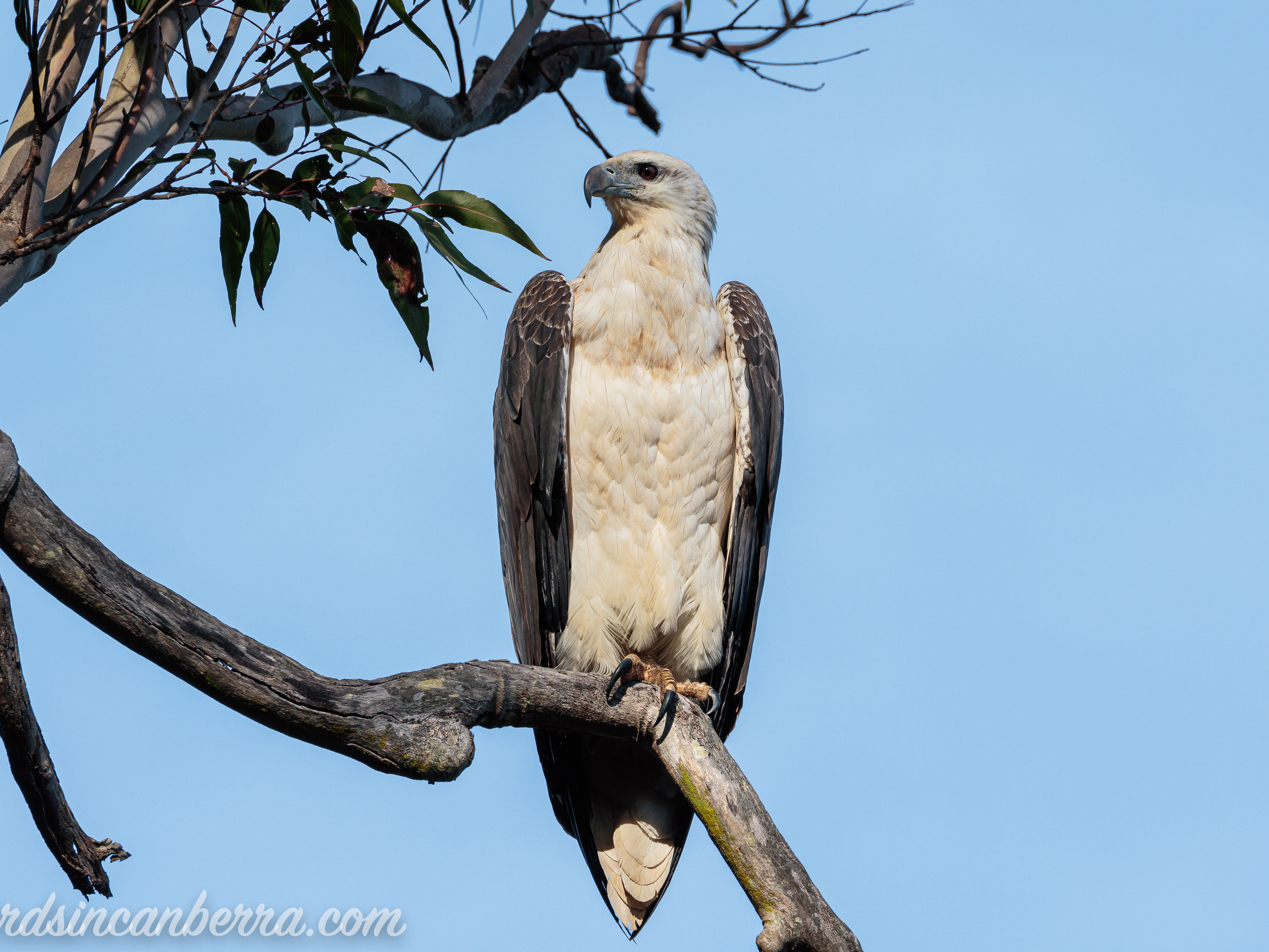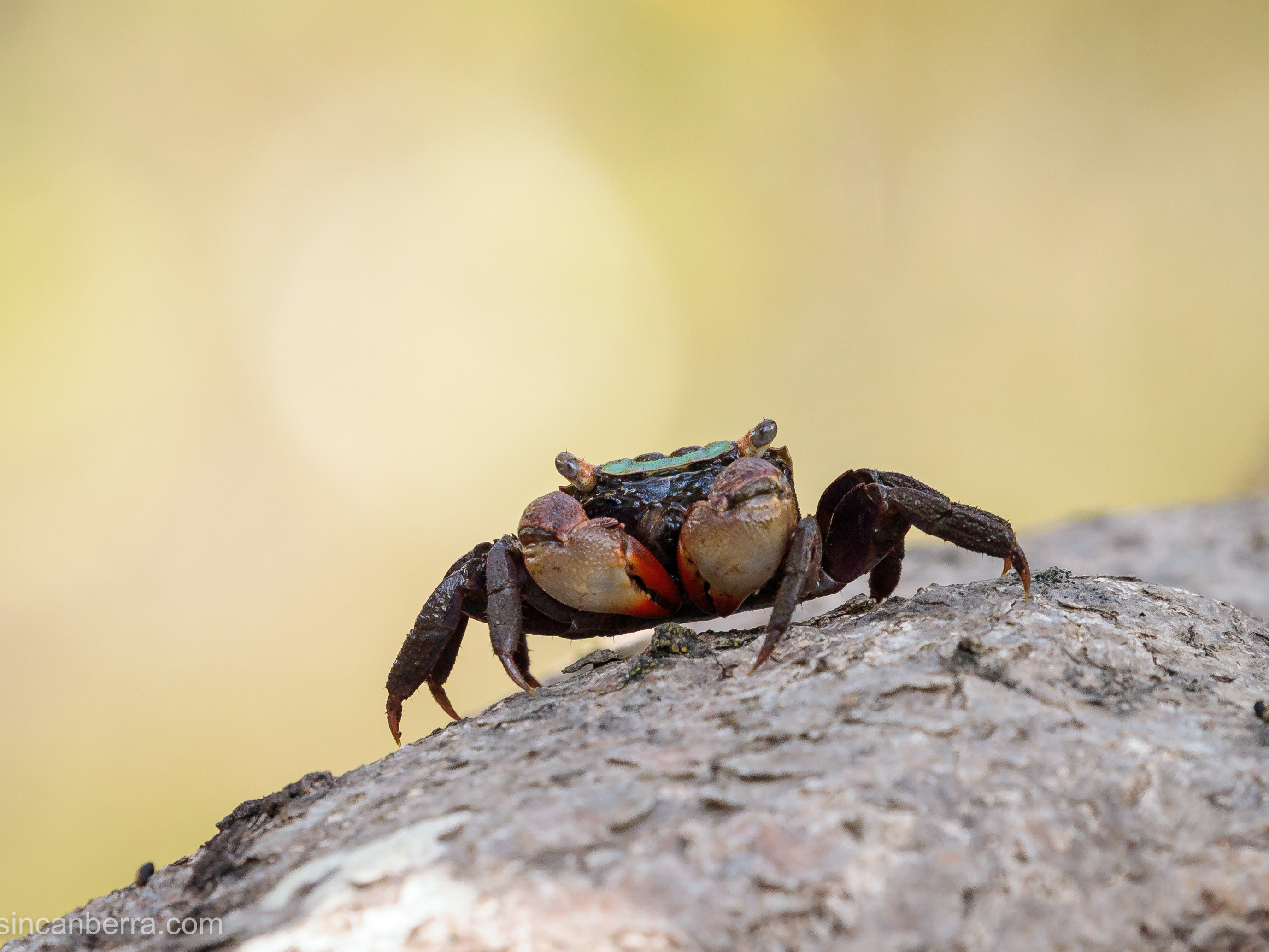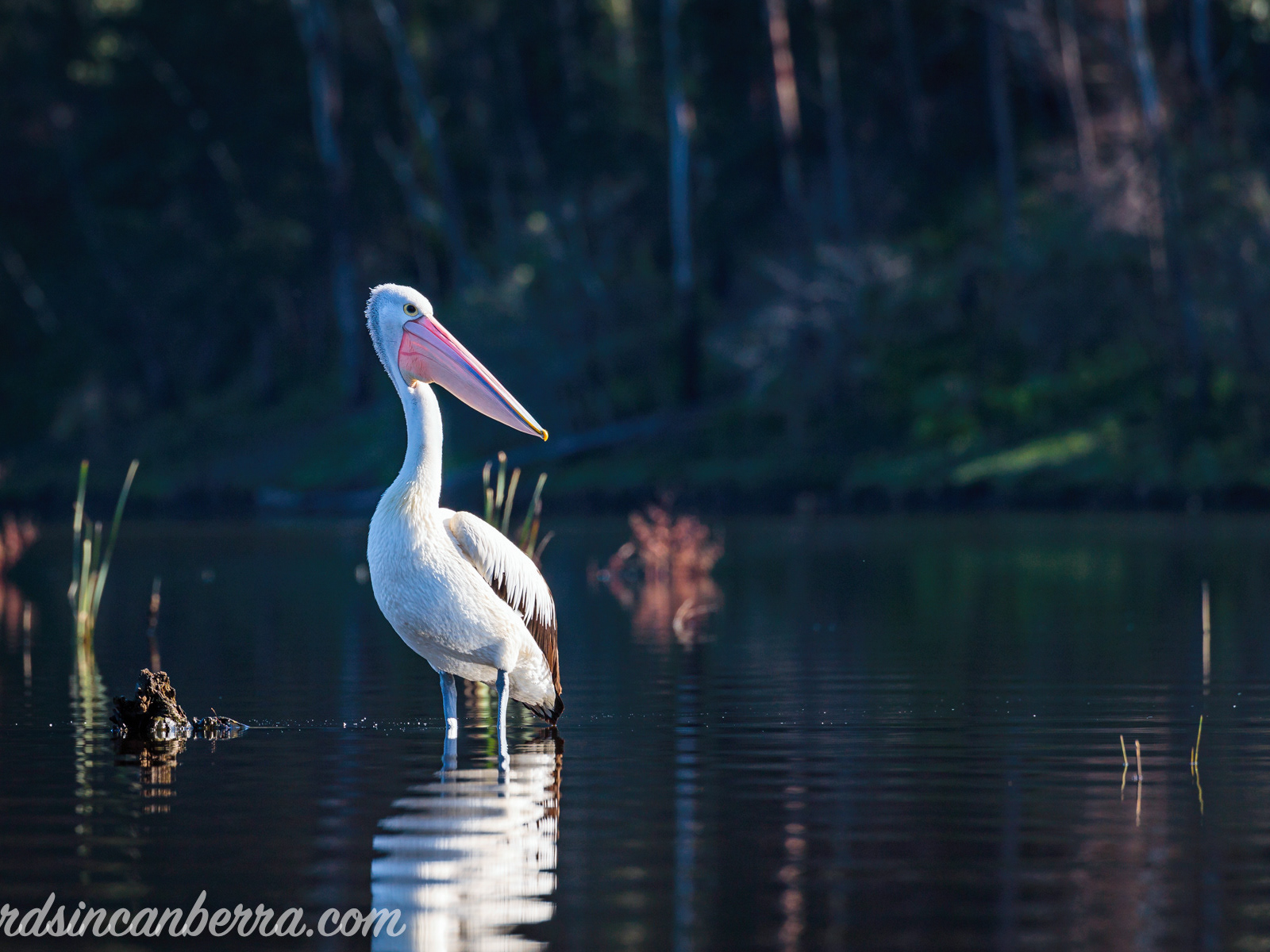Sometimes it is nice to pause and look at the little creatures that inhabit the same space as us in our garden. Initially, they can be hard to see but when we slow down and take a second look at the greenery do we notice the little creature. One evening, I walked out the back door of the house in Narooma to look for those little animals and was barely noticing the steps ahead of me. There were some leaves on them, as there often were, but one brownish leaf looked different that night. I had another look and there was a small Peron’s Tree Frog, probably a juvenile, on the edge of a step. I had taken only a few paces from the back door and already nature was there. The frog was not that fussed by me and even let me take a very close front on portrait. That made my night. I hope that you enjoy the photographs below.
More of this story is on my blog at https://birdsincanberra.com/blog/2023/12/17/interesting-little-creatures-in-a-garden-narooma-nsw-october-december-2023
Young Peron’s Tree Frog on the back steps of the garden
(Canon EOS 6D Mk II with a Canon EF100mm f/2.8L Macro IS USM [ISO 640, 100mm, f/16 and 1/100 SEC] with Canon 430EX III-RT flash)
Yellow and Black Leafhopper
(Canon EOS 6D Mk II with a Canon EF100mm f/2.8L Macro IS USM [ISO 100, 100mm, f/14 and 1/180 SEC] with a Raynox DCR-250 Super Macro Lens and Canon 430EX III-RT flash)
Yellow and Black Leafhoppers mating
(Canon EOS 6D Mk II with a Canon EF100mm f/2.8L Macro IS USM [ISO 100, 100mm, f/16 and 1/180 SEC] with a Raynox DCR-250 Super Macro Lens and Canon 430EX III-RT flash)
Wasp
(Canon EOS 6D Mk II with a Canon EF100mm f/2.8L Macro IS USM [ISO 100, 100mm, f/14 and 1/180 SEC] with a Raynox DCR-250 Super Macro Lens and Canon 430EX III-RT flash)
Honey Bee on a Mexican fleabane
(Canon EOS 6D Mk II with a Canon EF100mm f/2.8L Macro IS USM [ISO 100, 100mm, f/10 and 1/180 SEC] with a Raynox DCR-250 Super Macro Lens and Canon 430EX III-RT flash)
Weevil
(Canon EOS 6D Mk II with a Canon EF100mm f/2.8L Macro IS USM [ISO 100, 100mm, f/16 and 1/180 SEC] with a Raynox DCR-250 Super Macro Lens and Canon 430EX III-RT flash)
Pittosporum Beetles mating
(Canon EOS 6D Mk II with a Canon EF100mm f/2.8L Macro IS USM [ISO 200, 100mm, f/16 and 1/180 SEC] with a Raynox DCR-250 Super Macro Lens and Canon 430EX III-RT flash)
Probably a Pittosporum Beetle larvae
(Canon EOS 6D Mk II with a Canon EF100mm f/2.8L Macro IS USM [ISO 100, 100mm, f/16 and 1/180 SEC] with a Raynox DCR-250 Super Macro Lens and Canon 430EX III-RT flash)
Peron’s Tree Frog on our back garden step
(Canon EOS 6D Mk II with a Canon EF100mm f/2.8L Macro IS USM [ISO 640, 100mm, f/16 and 1/100 SEC] with a Canon 430EX III-RT flash)
Cabbage White Butterfly on Creeping Groundsel
(Canon EOS 7D Mk II with a Canon EF100-400mm f4.5-5.6L IS II USM [ISO 160, 400mm, f/8.0 and 1/400 SEC])
American Cockroach
(Canon EOS 6D Mk II with a Canon EF100mm f/2.8L Macro IS USM [ISO 100, 100mm, f/20 and 1/180 SEC] with a Raynox DCR-250 Super Macro Lens and Canon 430EX III-RT flash)
Female Stiphidion spider on a shed door
(Canon EOS 6D Mk II with a Canon EF100mm f/2.8L Macro IS USM [ISO 100, 100mm, f/22 and 1/180 SEC] with a Raynox DCR-250 Super Macro Lens and Canon 430EX III-RT flash)
I enjoyed the macrophotography, being able to bring the details of tiny creatures to a larger scale. The world of insects, in particular, is fascinating, especially because they have been so successful in spreading over the earth. My excitement at finding these small creatures was heightened because I was reading Alien Worlds: How insects conquered the Earth, and why their fate will determine our future by Steve Nicholls at the same time. I loved reading about the amazing world of insects and then seeing them behaving in a garden demonstrating what I had read. Macrophotography has a fantastic power to help make us aware of small but important creatures all around us.
Thanks for reading this post and thanks also for looking at my photos. I hope you come back again to read more about some of the wonderful natural things that the south coast of New South Wales has on offer. All the best until the next post.

